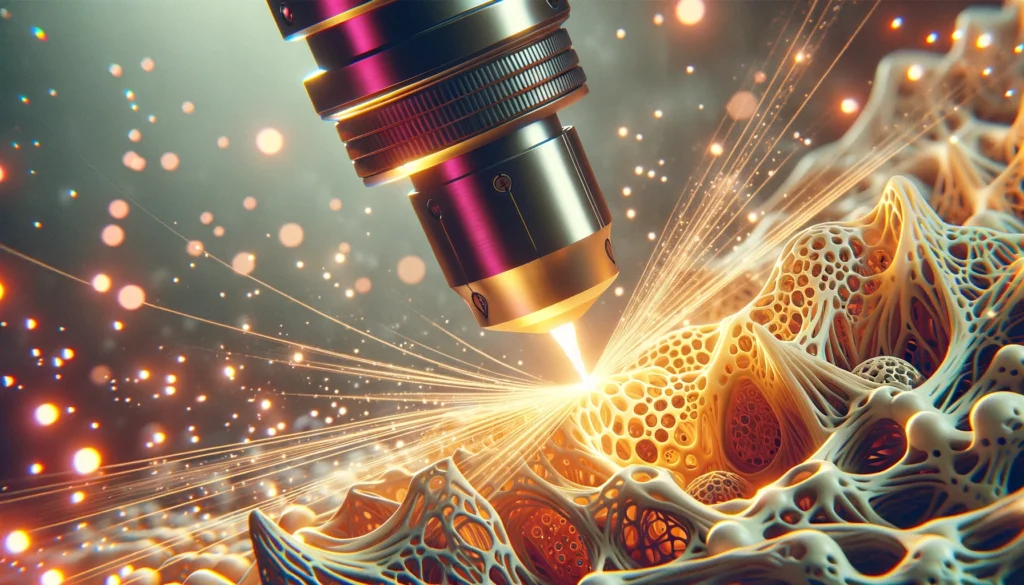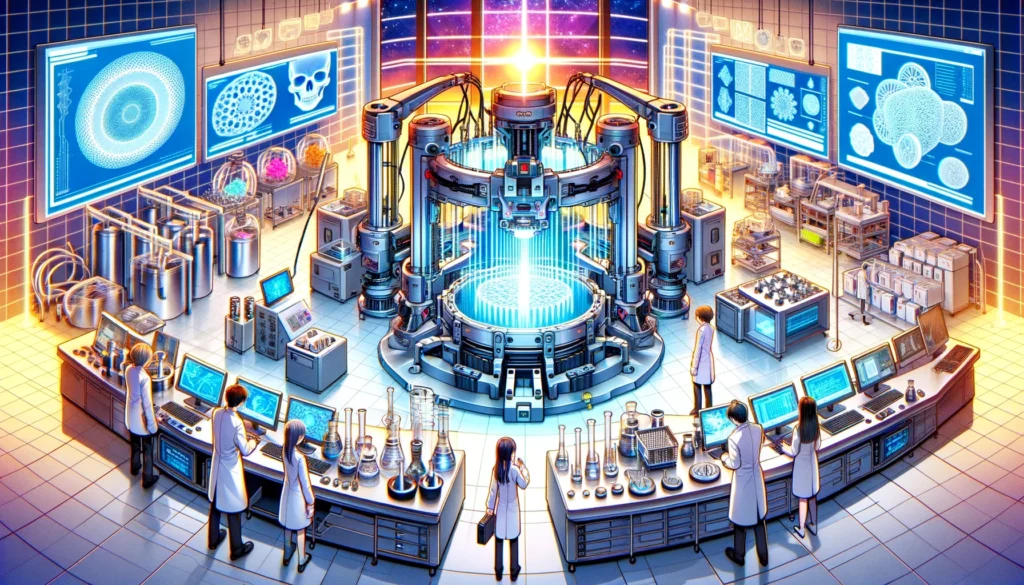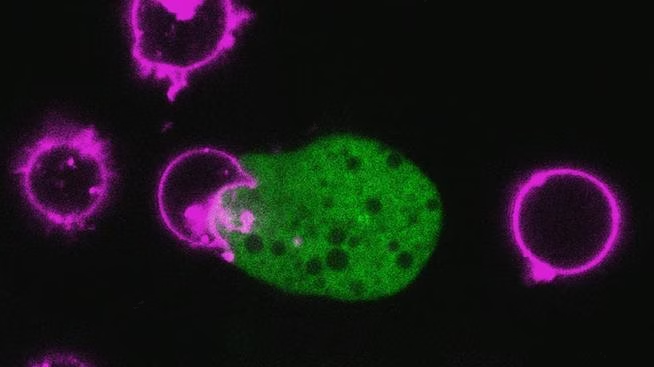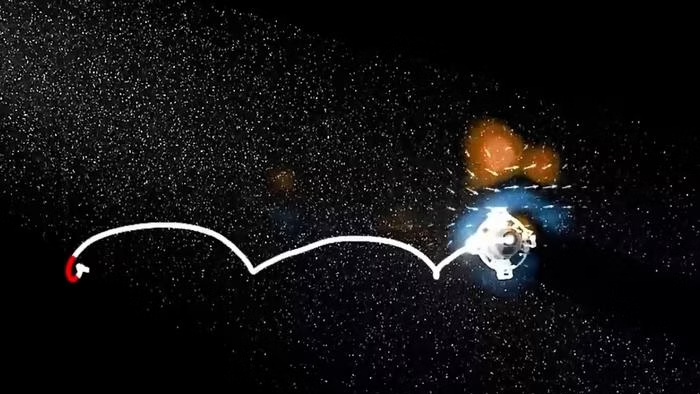From Yokohama National University 16/02/24

Scientists have combined laser 3D printing technology and an alternate soaking process to construct complex 3D structures that mimic bone microstructure.
This is the first demonstration of this fabrication method, and it will lead to the development of 3D cell culture systems that can support bone grafts or create artificial bone marrow.
Their research is published online in the journal ACS Biomaterials Science & Engineering on November 20, 2023, and is featured on the cover of the issue published on February 12, 2024.
Bone is a hybrid material composed of organic and inorganic substances, mainly collagen fibers and an inorganic mineral called hydroxyapatite (HAp).
The mineralized collagen fibers assemble to form a hierarchical structure that provides excellent mechanical strength and toughness in cortical bone.

Cortical bone is the strong outer layer of the long bones.
The microstructures in bone marrow, called bone marrow niche, work as regulators of the hematopoietic stem cells.
These are primitive cells that develop into all types of blood cells.
However, the mechanism by which the bone marrow niche maintains the hematopoietic stem cells remains unclear.
The transplantation of hematopoietic stem cells offers a possible strategy for treating leukemia, lymphoma, and immune diseases.
But it is difficult for the hematopoietic stem cells to expand outside of the body.
So creating a transplantation model that mimics the bone marrow environment could be a solution to these challenges, allowing the hematopoietic stem cells to multiply in vitro and then be transplanted.
In addition, a model that mimics the bone marrow environment could help to clarify the mechanism of maintaining hematopoietic stem cells in bone marrow in vivo.
In earlier research, scientists had developed biomaterials based on HAp that mimic bone microstructure.
They used microfabrication techniques to create 3D models with HAp, with a goal of constructing bone microstructure that mimics a biological environment.
HAp-coated materials have been used as bone substitutes in vivo to bind defective bone using implantation.
This earlier research has shown that HAp-coated materials can provide an environment that supports cell function and exhibits a high affinity for bone.
Yet there were limitations with this earlier research.
“It has been difficult to fabricate 3D organic and inorganic composite materials with precise structure by laser 3D printing,” said Kazutoshi Iijima, an associate professor with the faculty of engineering at Yokohama National University.
Laser scanning stereolithography, a 3D printing technology, can produce high-definition models of bones.
The team chose a fabrication method that combines laser scanning stereolithography with an alternative soaking process.

With this fabrication method, the team constructed micro-sized hydrogel models of polymerized gelatin methacrylate, a biocompatible cross-linkable polymer that is used in bioprinting.
They modified the models with HAp using the alternate soaking process with a solution of calcium and phosphate ions.
This study is the first demonstration of HAp modification to 3D printed models with a more complex structure, using alternate soaking process.
They designed and fabricated simple, line-shaped models and a pyramidal model with a complex structure.
These allowed them to modify the fabricated models of various sizes with HAp, using the alternate soaking process method, without altering the microstructure created by stereolithography.
They tested their models under various conditions by changing the immersion time and number of alternate soaking process cycles.
The team was able to control the thickness of the HAp layer by changing the conditions of the alternate soaking process.
They analyzed the composite line models, and investigated the mechanism of HAp formation by alternate soaking process in the hydrogels.
“By combining laser 3D printing technology and the alternate soaking process, it has become possible to construct precise 3D gelatin methacrylate and hydroxyapatite composite materials with precise structure,” said Hiroki Miyajima, a Specially Appointed Assistant Professor with the faculty of engineering at Yokohama National University.
Looking ahead, the team hopes to develop bone and bone marrow models mimicking microstructure of bones that contribute to regenerative medicine, such as bone tissue regeneration and expanding hematopoietic stem cells.
The research team includes Kaori Kojima, Hiroki Touji, Kodai Onodera, Masaru Mukai, Shoji Maruo, and Kazutoshi Iijima from Yokohama National University, Japan.



